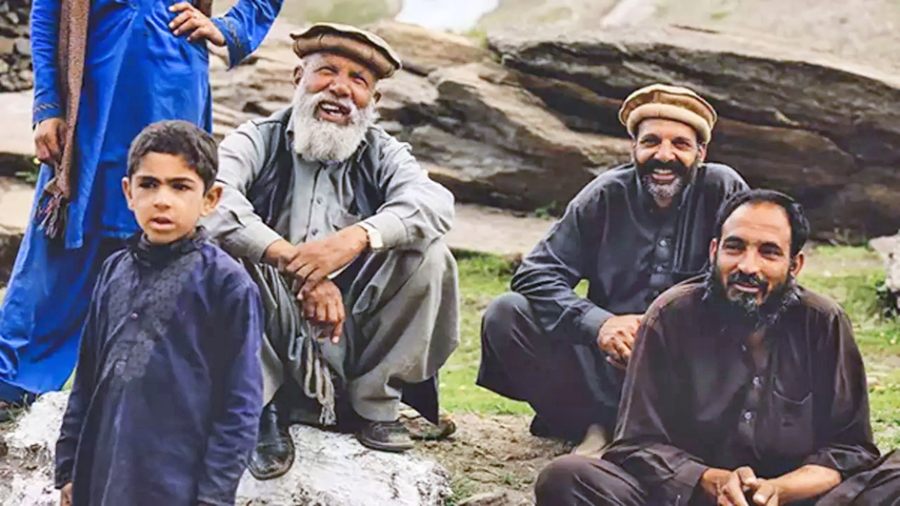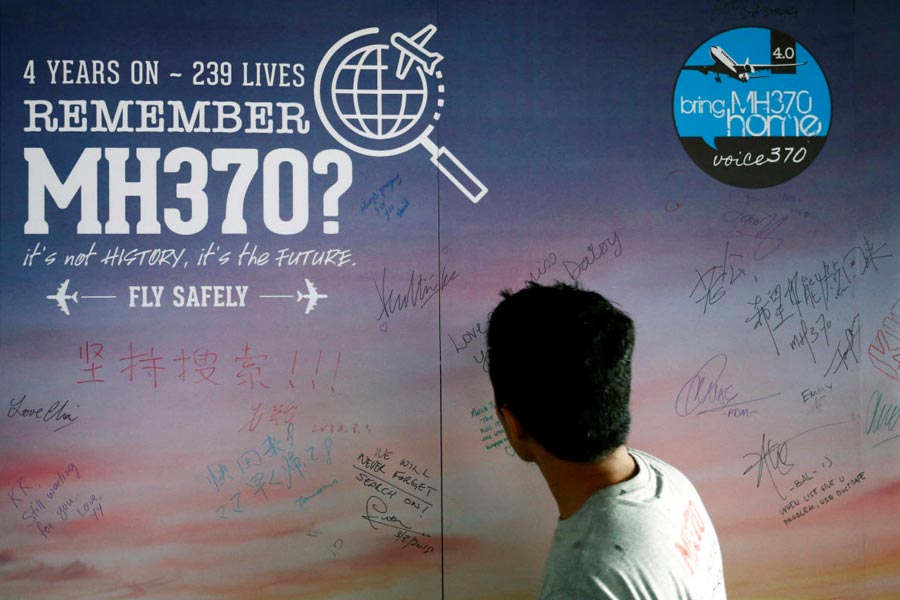Book: The Pashtuns: A Contested History
Author: Tilak Devasher
Publisher: HarperCollins
Price: ₹799
Tilak Devasher is the author of two closely-researched and well-received books on Pakistan’s history and the evolution of its polity. He has also authored one on the much-discussed but little-known province of Baluchistan. He has now followed these with an equally readable and balanced treatment of the Pashtuns — in effect the history of a tribal conglomeration and the region it inhabits in Pakistan and Afghanistan. The term usually used to refer to the region is Pashtunistan. Lacking historical and legal status, it is very much an act of political imagination; but it is crucial in explaining the conflict in the region.
Devasher ably sketches the geographical and topographical context of the Pashtuns, their principal anthropological characteristics, and social customs. His nuanced treatment brings out how a common Pashtun identity does exist. But this is also an uneasy coexistence with sub-tribal and clan affiliations and rivalries, leaving the Pashtuns divided and engaged in internecine conflict.
The meat of the book is a study of three separate and overlapping relationships: the Pashtuns in Pakistan; in Afghanistan; and, finally, the Pashtuns in the interface between Pakistan and Afghanistan. An older history plays a vital role in each. The Sikhs under Ranjit Singh, the British, the pre-1947 Indian National Congress and the Muslim League, and the governments of Afghanistan and Pakistan have all had significant parts in the evolution of the Pashtuns and of Pashtunistan.
For many Pashtuns, decolonisation and the partition of the subcontinent further underlined the artificiality of the British-drawn ‘Durand Line’ which defined the Pakistan-Afghanistan border. This has meant a relationship between Afghanistan and Pakistan that was troubled since its inception. Devasher shows how these existing fault lines were energised and made deeper in the Af-Pak region by the great powers and external interventions. Thus, the Soviet invasion of Afghanistan in 1979, their withdrawal in 1989, the intra-Afghan civil war, the Taliban takeover, the US intervention in 2001 and then its withdrawal in 2021 are well-known milestones in a history of intra-Pashtun conflict amidst religious radicalisation and Pakistan’s constant effort to control the trajectory of events in Afghanistan.
The book has used a wide variety of recent and past readings and sources to give the reader an accessible and up-to-date summary and analysis of the different dilemmas Pashtuns face in the two countries they are divided between; there are “two distinct nationalisms, those of the Pashtuns in Afghanistan and the Pashtuns in Pakistan”. What adds to the complexity is that both these different nationalisms “arise out of a single Pashtun tribalism”. When resistance to external intervention, the radicalisation of al Qaida, Taliban or Islamic State variants and Pakistan’s sense of entitlement regarding Afghanistan are thrown in, the resultant cocktail is volatile.
Possibly the most interesting chapter in the book is the conclusion where Devasher tries to gauge the prospects for the region. He notes that the sense of Pashtun identity has been eroded because of the historical differences in their evolution in the two countries. In Afghanistan, Pashtuns are the majority while they are a minority in Pakistan. The Pashtun dilemma in Afghanistan and Pakistan is, therefore, different. In Afghanistan, peace and stability will depend on power-sharing agreements the Pashtuns as the majority reach with other minorities — the Tadjiks, the Hazaras and the Uzbeks. In Pakistan, the Pashtuns have to seek power and safeguards as a minority and work in tandem with Sindh and Baluchistan to secure more equitable federal structures. Much of the Pashtuns’ recent history is a demonstration of the lack of success on both these fronts in either country.
In Devasher’s assessment, “sooner or later”, a “common ethnic identity on both sides of the Durand Line” will be reasserted even more strongly. It is possible to disagree with this conclusion without detracting from the overall merits of the book. Afghan and Pakistani nationalism have sunk deeper roots than is generally acknowledged. While the Durand Line issue will remain as a point of friction, it may also be a metaphor for other differences between Afghanistan and Pakistan that derive from the excessive securitisation that characterises Pakistan’s approach to the neighbourhood.
This book is a welcome addition to works by Indian policymakers on other parts of South Asia and will be of great interest to anyone interested in a deeper understanding of Pakistan and Afghanistan.











